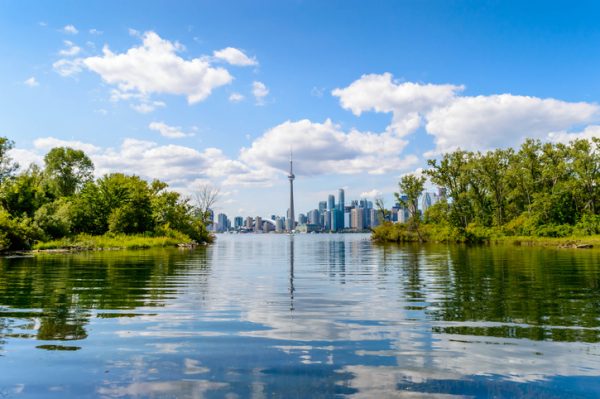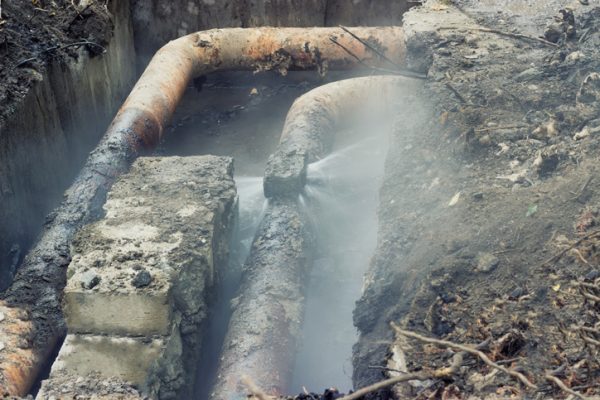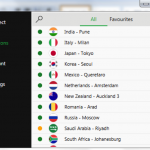Why Canada Needs to Take Water Management Seriously
Canadians take water for granted. It flows freely from taps without need to worry about shortages or contamination. Canada also houses 5 great lakes in addition to numerous smaller lakes and rivers, all brimming with fresh water. Despite this abundance, Canada’s water supply is not as endless nor as secure as it seems.
Because Canadians aren’t used to thinking about water in the way many people in countries do, they don’t consider that there might be threats to the supply. However, the belief is not grounded in reality. Canadians face all sorts of challenges when it comes to water, ranging from floods to shortages and contamination. Without a proper water management strategy, these problems will worsen. Governments and individuals need to work together to make sure this precious resource is clean and abundant for generations to come.
Water at the Local Level
At a local level, there’s a lot individuals and municipalities can do to better management water resources, especially when it comes to water conservation. The first step is simply awareness. People often don’t think about the amount of water they use and waste. They leave the tap running, take long, hot showers, and run loads of laundry, the dishwasher, water the garden. All of this takes a toll big toll. Sources at McGill University have concluded that the average Canadian uses 325 litres of water, every day! For comparison, a full bathtub of water is around 150 litres. Simply raising awareness about the importance of water conservation could help reduce this very large figure.
Wasted water, however, is not just the fault of the consumer. Out of date infrastructure is also a problem. This could be in the form of an inefficient shower head, leaking tap or underground pipe. According to the Saskatchewan Watershed Authority, a tap that is leaking (six drops a minute) will waste 1200 litres of water a year. That works out to be the equivalent of seven bathtubs! People often don’t think about how these little droplets of water add up, and how much they affect our water supply.
Boston is a great example of a municipality that implemented a successful water conservation program. Compared to 1980, water usage had dropped 43% by 2009. Their formula for success was simple: raising awareness and partnering with residents to install water efficient taps, shower heads etc. while setting out to find and repair leaks in the cities aging water infrastructure. In fact, Boston’s program was so effective that the city is now debating what to do with all of its surplus water. Canada’s municipalities should take note of this and follow suit!
Water at the National Level
Despite the importance of local action and programs, in Canada water management ultimately falls under federal jurisdiction. A national water strategy would not just be about conservation. The flooding that has occurred in different regions throughout Canada in the last few years (in the Greater Toronto Area and Quebec for example) shows the importance of a coordinated approach to water management.
What would a federal water strategy look like? First, it would clearly define the roles between the city, province and federal government for water management and offer a framework to coordinate on important issues like pollution, watershed management and conservation. The Great Lakes Restoration Initiative is a great example of this. It’s a binational partnership between Canadian and American cities and states/provinces with the goal of improving water quality in the region.
A national water strategy led by the federal government should also take a leading role with regards to scientific research and technological innovation. By making sure Canadian researchers and scientists have the resources they need to conduct their work properly, Canada can understand the current state of its water resources and discover innovative approaches to maintaining the health of water systems.
Finally, launch of a water strategy by the federal government would provide a critical source of funds for cash-strapped municipalities in a coordinated manner. Upgrading infrastructure is never cheap. A national water strategy could identify top priorities facing the entire country and provide support in a coordinated manner for the great impact.
It’s time for a National Water Strategy
It’s time for Canada’s government to take water management seriously. While municipalities are an important part of equation, the federal government has the resources and mandate to make Canada a world leader. Indeed, with the economic, social and environmental benefits numerous, it’s time to make this a priority. Other nations like New Zealand, Australia and the European Union are all making management of their water resources a priority. Canada should join them.



















